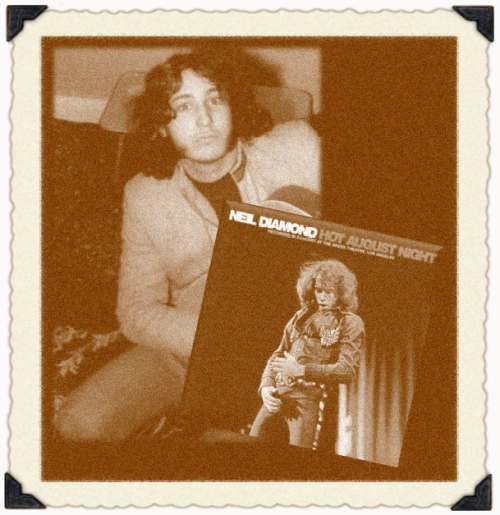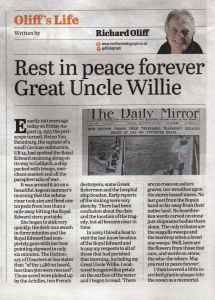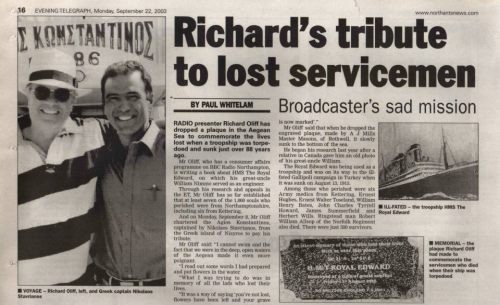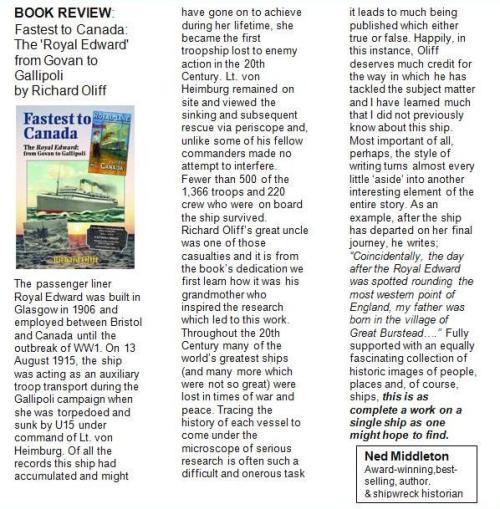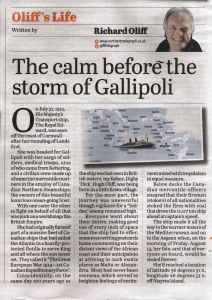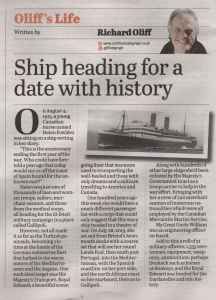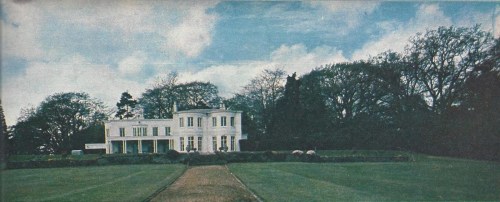 At the beginning of the 70’s, my friend Roy and I found ourselves in the grounds of a huge rambling ‘manor’ just off the London Road in Sunningdale near Ascot , Berkshire. The gardens and woodland area’s made up something like 72 acres of this beautiful estate called Tittenhurst Park. At its heart is a grade II listed early Georgian country house that looks out onto the distant lakes complete with boathouses and the odd island or two. Recently I came across the signature of someone who lived in this home from around 1869 until his death in 1883, a man whose wife’s brother in law was a man called George Martin.
At the beginning of the 70’s, my friend Roy and I found ourselves in the grounds of a huge rambling ‘manor’ just off the London Road in Sunningdale near Ascot , Berkshire. The gardens and woodland area’s made up something like 72 acres of this beautiful estate called Tittenhurst Park. At its heart is a grade II listed early Georgian country house that looks out onto the distant lakes complete with boathouses and the odd island or two. Recently I came across the signature of someone who lived in this home from around 1869 until his death in 1883, a man whose wife’s brother in law was a man called George Martin.
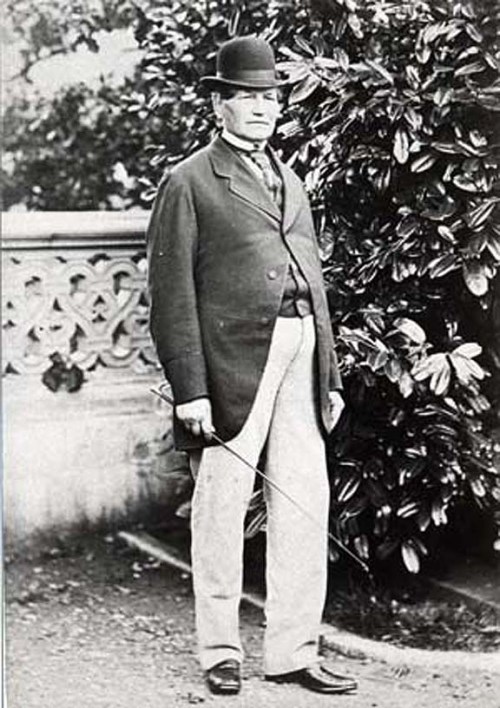
Professor Thomas Holloway ( 1800-1883) An English patent medicine vendor and philanthropist. Resident of Tittenhurst Park 1869-1883

Thomas Holloway, Victorian Philanthropist and the founder of the Holloway Sanatorium in Virginia Water and the Royal Holloway College, a part of the University of London, had lived there with his wife Jane, his sister Matilda, Jane’s Sister Sarah Driver, along with her aforementioned husband George. Since the early 70’s there is a remarkable coincidence that appears to have evaded most if not all commentators on the subject of this amazing house, that being the connection between its occupants from May 1969 until August 1971 and another recently sadly departed and legendary record producer and composer Sir George Martin. I wonder if John Lennon or Yoko Ono were ever aware that somebody that shared that name had once lived under the same roof. I can’t help but imagine that one such as John would have been more than a little fascinated; after all it would be almost as improbable for Paul McCartney to have bought his home in Scotland only to find that it had originally been built or occupied by a man called Brian Epstein. All of that said, Ringo Starr then moved into the house in 1971 having bought it from the Lennon’s following their departure for America, yet still no connection was made. It’s probably just another unearthed little Beatle fact to intrigue and ponder.


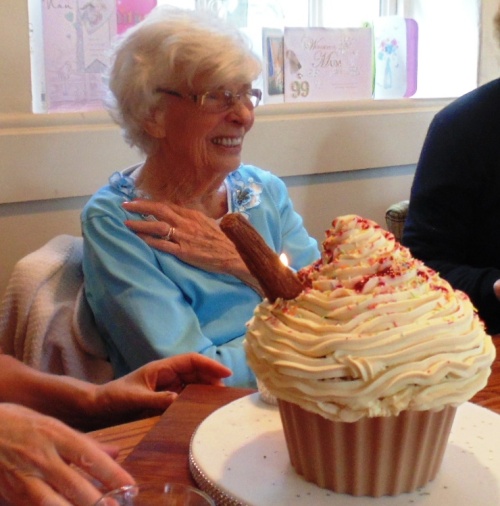 The previous day someone at the radio station asked me if I would ask her the two most predictable questions I guess we’d all like full and comprehensive answers to, namely, what has been the most remarkable thing that has happened in her lifetime and to what to what does she attribute her longevity? The scenario reminded me of when I asked my own maternal grandmother similar questions way back at the end of the 60’s. Her answers then were firstly her memory of the first manned flight followed later in life by a man standing on the surface of the moon. Her answer to the second question was early to bed and early to rise with little or no alcohol and certainly no smoking. Last week I waited for an appropriate moment before asking, and then we all sat back in silent anticipation: waiting for the pearls of wisdom that we too might learn ‘the secrets’ of long life. After a moment or two Phyllis sat back in her chair and looked straight at me. “The birth of my children”. That was all she said on the matter. It was enough to make us all smile, especially given that her two adult children were sitting either side of her. It was a touching moment. Maybe it’s that age old thing that all generations crave at some stage in their lives: the gems of life’s experience from those that have truly lived, that they may share their wisdom with the future.
The previous day someone at the radio station asked me if I would ask her the two most predictable questions I guess we’d all like full and comprehensive answers to, namely, what has been the most remarkable thing that has happened in her lifetime and to what to what does she attribute her longevity? The scenario reminded me of when I asked my own maternal grandmother similar questions way back at the end of the 60’s. Her answers then were firstly her memory of the first manned flight followed later in life by a man standing on the surface of the moon. Her answer to the second question was early to bed and early to rise with little or no alcohol and certainly no smoking. Last week I waited for an appropriate moment before asking, and then we all sat back in silent anticipation: waiting for the pearls of wisdom that we too might learn ‘the secrets’ of long life. After a moment or two Phyllis sat back in her chair and looked straight at me. “The birth of my children”. That was all she said on the matter. It was enough to make us all smile, especially given that her two adult children were sitting either side of her. It was a touching moment. Maybe it’s that age old thing that all generations crave at some stage in their lives: the gems of life’s experience from those that have truly lived, that they may share their wisdom with the future.